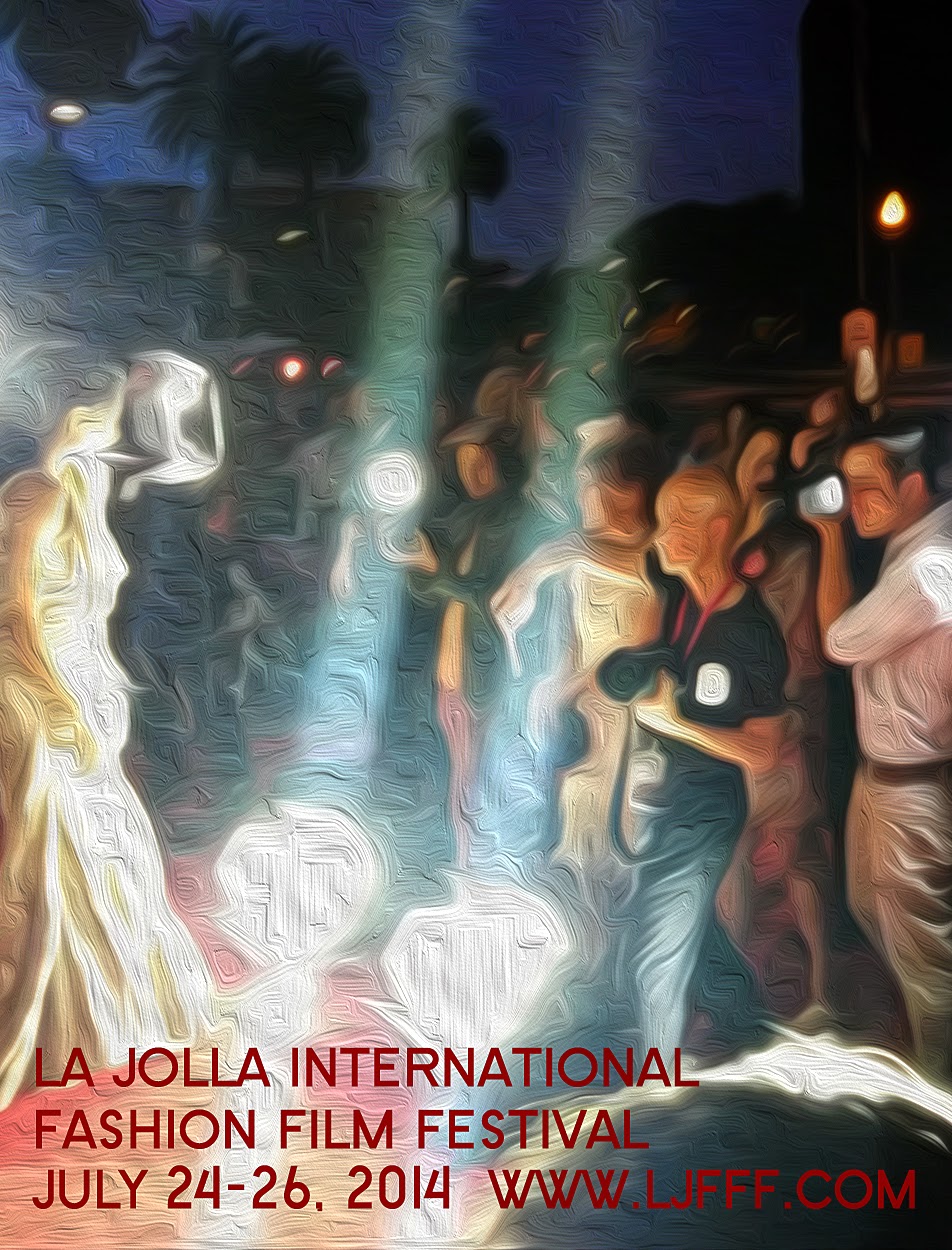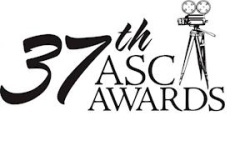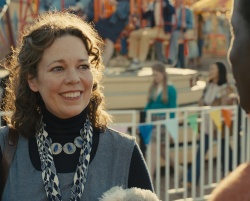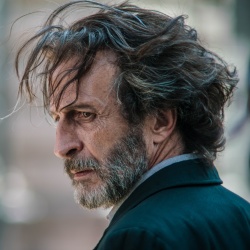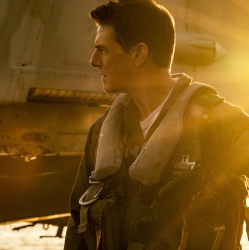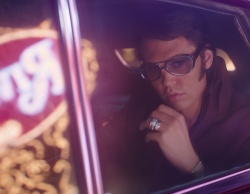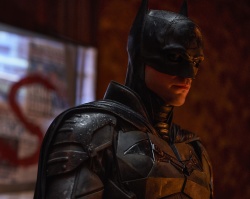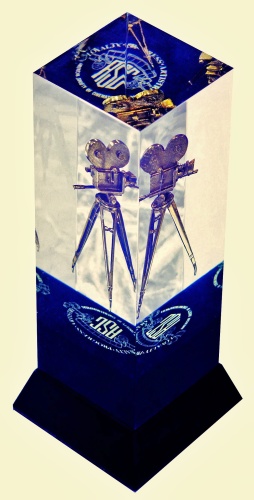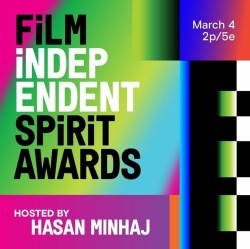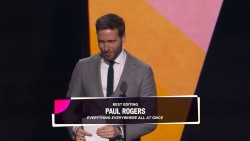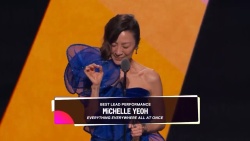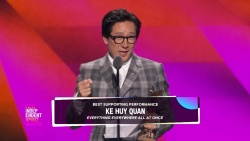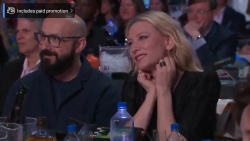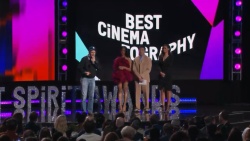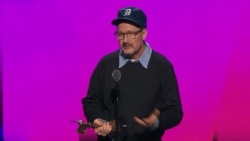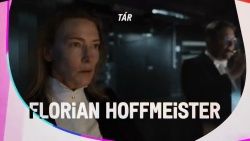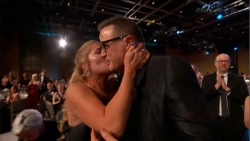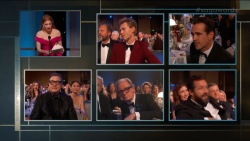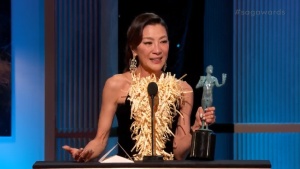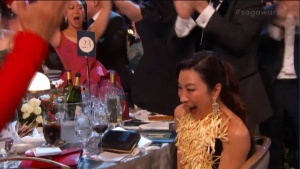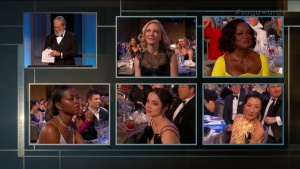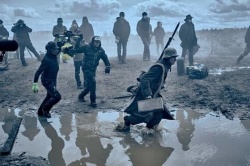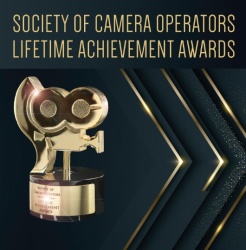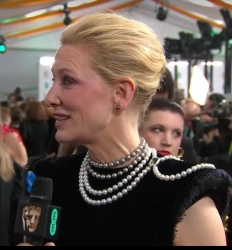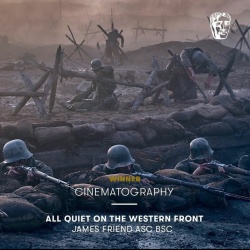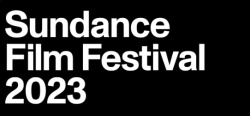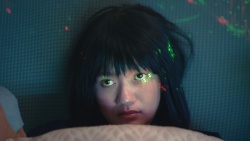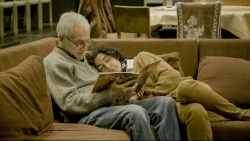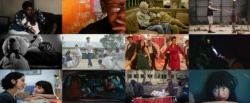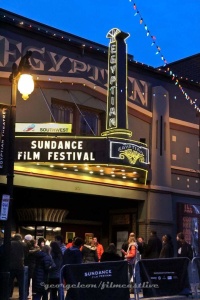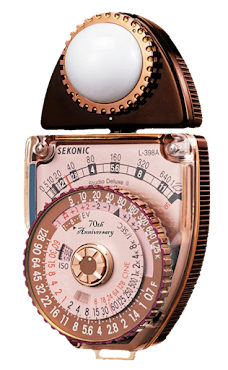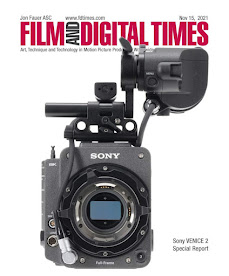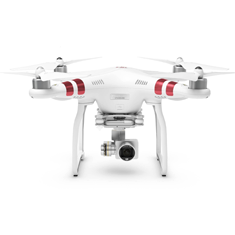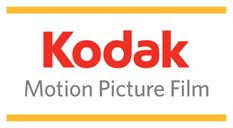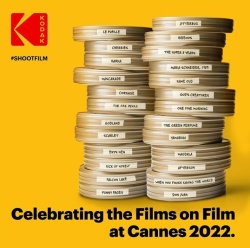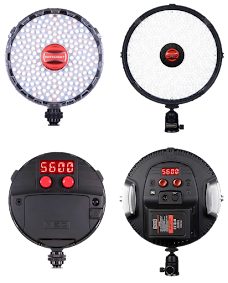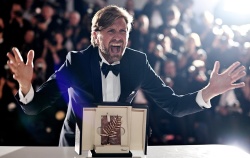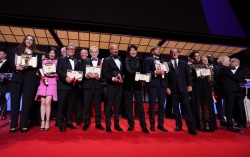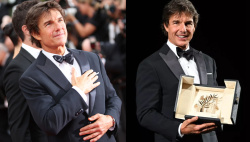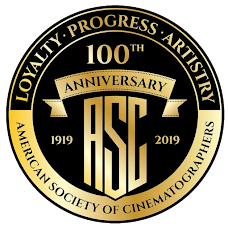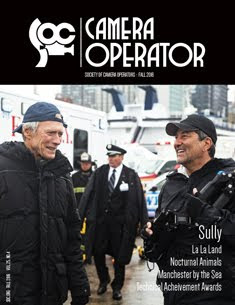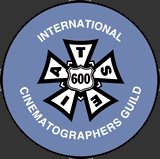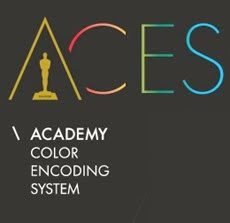For the last five years a new but very influential film festival has climbed to dominate the fashion industry scene as the leading international marketplace for fashion films.
La Jolla International Fashion Film Festival has all the attributes of a high profile film festival, not only because is the world’s largest gathering of fashion filmmakers but also because is held in the venerable San Diego Museum of Contemporary Art/La Jolla, nested in the picturesque coastal village of La Jolla and surrounded by collectible curated art, fine restaurants, designers boutiques, five stars hotels, lush foliage, balmy weather, Spanish and avant-garde architecture and of course, is uniquely framed by the magnificent visual bounty the Pacific Ocean could offer.
In a nutshell, La Jolla International Fashion Film Festival is "suburban sunny California meets cosmopolitan Paris, London and Milan in a creative rendezvous of cinematic narrative full of style and glamorous fashion".
BEST PICTURE Kiss of a Siren Victorija Pashuta & Miguel Gauthier
BEST ACTRESS The Purgatory of Monotony Somja Kinski
BEST CREATIVE CONCEPT. The Purgatory of Monotony Ace Norton
La Jolla International Fashion Film Festival empowers, support, and recognizes the individual creative professionals who make up the fashion film community worldwide. Known as the Cannes of fashion film, La Jolla IFFF was once again was the market center for distribution deals, director representation, and fashion film production houses showcase.
BEST CINEMATOGRAPHY The Old Road Manuel Portillo
BEST FASHION Honor Spring 2014 Giovanna Randall
LIFETIME LIFETIME ACHIEVEMENT AWARD Bruno Aveillan
Among the attendees supporting the filmmakers are fashion designers, fashionistas, fashion bloggers, industry executives, socialites and photographers from around the world packing the Museum of Contemporary Art/La Jolla theater of 500 seats enthralled by the top 1% of fashion films produced worldwide.
The Festival offers a varied program to all attendees and filmmakers for networking, making deals, attending seminars and panels, screening films, attending to press receptions and after parties, and to those who deserve it, to win any category of he prestigious LJIFFF awards.
BEST MUSIC Snake Vinilla Von Bismark
BEST VISUAL EFFECTS Honor Spring 2014 Tim Regan and Fred Kim
BEST EDITING Today, Tonight Billy Mead
Festival Producer Fred Sweet, a veteran of the fashion industry adds “From now on the brilliant work done by makeup artists, hairstylists, art directors, editors, musicians, wardrobe stylists, writers, and others will have the opportunity to win awards. These awards are for the best in the world and cut across national boundaries and cultures. Thanks to the global reach of LJIFFF everyone is included no matter where on earth they live or work stated.”
BEST ACTOR 206 David Oyelowo
BEST MESSAGE Around the World with Stella
Jean Simone Cipriani
BEST ART DIRECTION KWoman Hunterand Gatti
LJFFF boasts a diverse line-up of films in competion and special Awards from the classic to the cutting edge, featuring such luminaries as Karl rgerfeld, Bruce Weber, Luca Finotti, Bruno Aveillan, Jonas Akerlund, Frank Funke, Matthew Frost, Jens Hallmann, Naqia Lee, and Zoe Hitchen, Ellen Von Unwerth, Indrani Pal-Chaudhuri, Marcus K. Jones, Karen Bystedt, producers Matthew Tucker, Joe Lombardo, Peter Isacksen, Marius Troy and Indira Cesarine among many others.
BEST HAIRSTYLING Crystals and the Postman
are Girls Best Friends Tracie Cant
BEST MAKEUP Mercado De Lagrimas.
Tony Heredia, Madgalena Sandoval and Alejandro Catalina
BEST DIRECTOR We are all Mad Here Bruno Miotto
BEST COSTUME DESIGN Kiss of a Siren
Tiffany Chinel, Eric Ducharme Caley,
A re-post from La Jolla Fashion Film Festival FB page: We
decided we liked this picture better than the previous one, so here it
is! From left, cinematographer George Leon, Inna Zobova, Fred Sweet, and
Bruno Aveillan. This year's LJIFFF will long be remembered for the
enchanting imagery from one of the world's top film directors - Paris
based Bruno Aveillan. Bruno and his lovely graceful wife, Russian
actress Inna Zobova were one of the highlights of our Festival. From
Bruno's film retrospective to Inna's stunning Red Carpet outfits, their
presence added a special dimension to our worldwide gathering. Thank you
Bruno and Inna!...

































